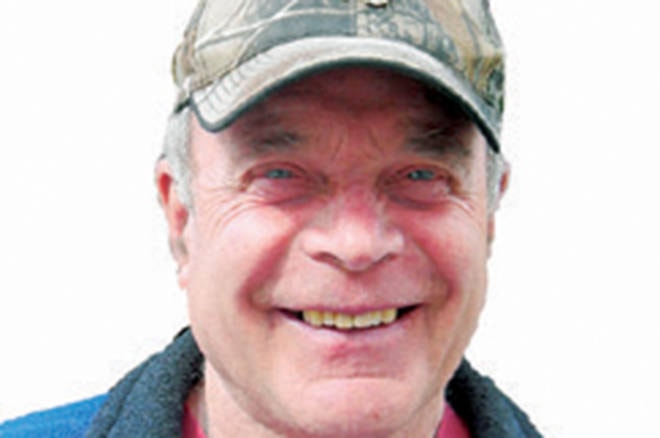Many dedicated anglers really enjoy salmon and halibut fishing off our coast.
Although there are closures at present to protect chinook salmon stocks on the West Coast to help our southern pods of orcas, a more sinister event was taking place in our more abundant salmon-rich waters back about 1942, and again in 1962.
While pruning fruit trees for good friend, Holly Ready, a few seasons back, I happened to strike up a conversation with a gal across the fence. She was 10 years old. It was 1942, and her Dad was manning the lighthouse at a place called Friendly Cove at Nootka Sound. While glancing out onto the ocean one morning, she spotted a periscope moving through the water of the large bay. Possibly the Japanese submarine I-26 commanded by Captain Minoru Yakota searching for fresh water supplies, and a place to launch an attack by shelling the village. But the first shelling occurred off Estevan Point lighthouse on June 20th, near Hesquiat the Nuu-chah-nulth village, from the submarine’s 114 millimetre, 5.5 inch gun. I-26 remained off the BC Coast till mid July. With the attack, all the lighthouses on the BC Coast were blacked out. This caused the Russian freighter, Uzbekistan to crash onto the rocks at Pachena Point in April 1943.
Captain Meiji Tagami commanded submarine I-25 and took up a station off the mouth off the Columbia river in Washington State, Dec. 18, 1941. Tagami now ordered the crew to fire on the oil tanker LP St Clair, but she ran to safety up the Columbia river.
While stationed at Work Point Barracks with the 1st Battalion Patricia’s in 1962, my brother was a ship’s electrician on the HMCS destroyer escort Ottawa. Many sea voyages to patrol the BC coast were the order of the times, as the Russian navy was flexing its muscles.
Read more: Shuswap man helps find Avro Arrow model
Read more: Canadians remember Second World War’s long, dark Battle of the Atlantic
Read more: Column: A very emotional issue for all
On one patrol up the coast, the ships sonar/radar technicians detected the presence of submarines on the ocean floor. A translated order to surface immediately, or depth charges would be deployed, was given by the Ottawa’s captain at the time. Soon, a Russian submarine surfaced along side the Ottawa, as the sister submarine quietly slid away. Friendly banter ensued with the Russian crewmen, and seamen of the Ottawa, and an exchange of hat badges/flashes happened. The Russian subs were mapping our coastline, similar to 1942, when the Japanese did the same.
Search and Rescue Buffalo aircraft do patrols along our coast. Coast Guard patrol vessels are also present. Besides the vast amount of sea life on the ocean floor of our coast, what else could be present besides ancient shipwrecks and plastic waste tangling abandoned fish nets? We really don’t know.
@SalmonArm
newsroom@saobserver.net
Like us on Facebook and follow us on Twitter
